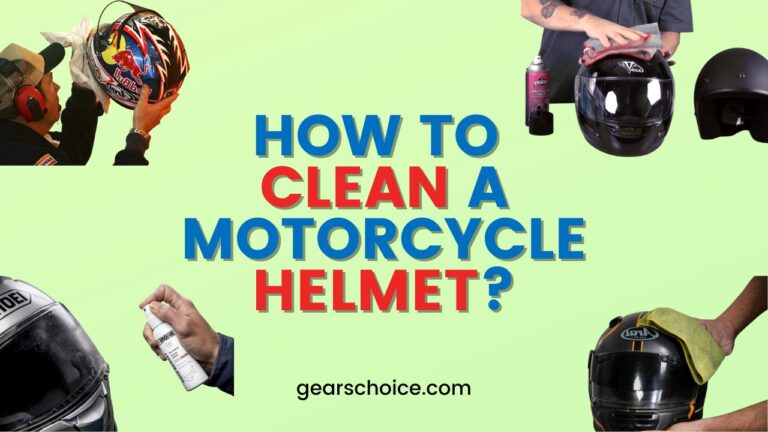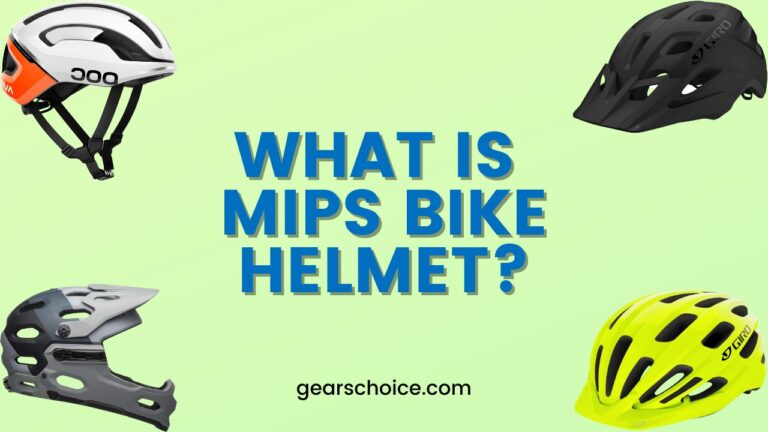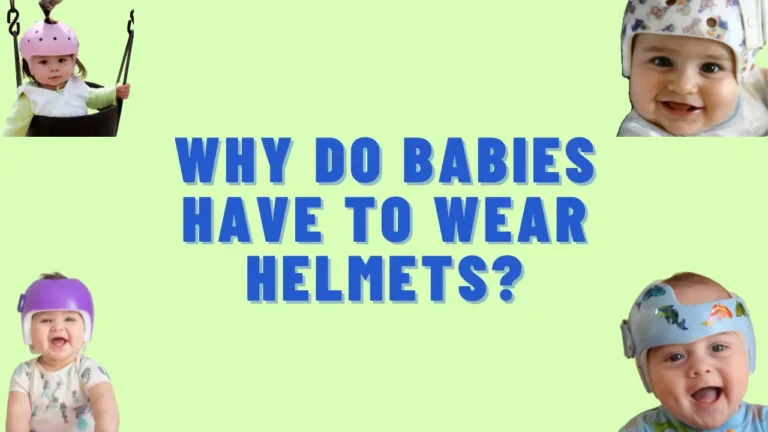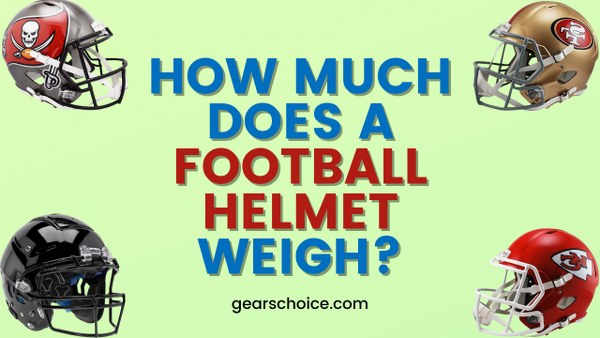How Should A Motorcycle Helmet Fit? All Fitting Tests Details
Using a properly fitted, perfectly adjusted, and appropriately positioned motorcycle helmet is significant.
If you do not know how a bike helmet should fit, we can guide you. We know that helmets shield our eyes, and protect us from the traumatic skull and neck muscle injuries in the event of an accident.
That is why it is essential to adjust and position this safety gear correctly to enhance the level of protection and scale of security.
Thus, the fit is critical because all of the recently conducted studies have backed that a properly fitted helmet decreases the chance of concussions.
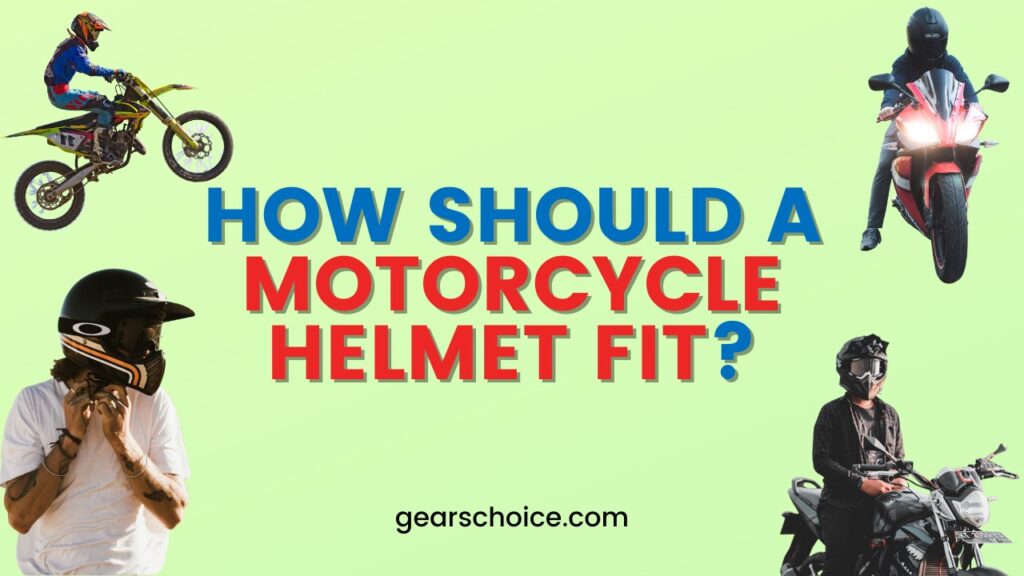
How should a Motorcycle helmet fit?
A properly fitted helmet will give you a closely-snugged time. If it is positioned and adjusted appropriately, it means it will neither remain looser nor tighter during the entire riding phase.
You must ensure that your chosen helmet offers the absolute best fitting time.
Its inner lining has to fit snuggly around your entire head. In addition, its top pad needs to press closely on the top section of your head.
The cheek pads should lightly touch your cheeks, and the brow lining has to fit snuggly completely against your brow.
Which tests to perform to check the motorcycle helmet fitting?
You can perform the following tests to check and verify whether this safety gear fits perfectly or not:
- Pull the helmet both from side to side and then upward and downward direction. Make sure that it does not slide or move. If it slides or moves slightly, it means its fitting is wrong, and you have to adjust it further.
- Tighten up its chin strap and pull the helmet by rotating it from the back. If you think that the strap is too loose, you can further tight it.
- Place your hand entirely under the chin guard and push this safety gear by rotating it to the backside. If the helmet does not come off, that is a sign that you have correctly and adequately adjusted it.
- Most importantly, the cheek pads have to rest on your cheeks. If they bring any discomfort, adjust them again and loosen them up a little bit,
- If you wore a full-face helmet, prevent the face shield from touching your chin.
- A few of the helmet models come with a neck roll. If this feature accompanies your safety gear, it needs to sit and position comfortably at the backside of your neck. If the roll pushes against your neck, adjust its further.
- With the helmet on, all your pressure points have to remain discomfort-free.
A properly fitted helmet does not bring any discomfort
Closely fitted helmets do not bring any discomfort as long as you have put on them.
They do not fetch your head in a highly distressing position. If it is extra loose or too tight, your riding time will remain in distress.
The pads should rest on your cheeks
Most noteworthy, the helmet pads need to rest on your cheeks. If you have positioned and adjusted this safety gear up to the mark, then its pads will brush and rub lightly against your cheeks.
The other test you have to perform is moving the chin bar. If your helmet does not move, it means the fitting is correct.
However, if you feel any movement, make sure to look for further smaller sizes.
Aim for a cozy and snug fit model
It is recommended to look for a cozy, tailored, and snug fit helmet model. It should not be too loose or too tight.
We know that helmets are the sole reason to save our lives from traumatic injuries and serious accidents, and snug fit helmets double make us safer.
How much tighter your motorcycle helmet needs to be?
Industry experts and top-notch helmet manufacturing companies have developed specific benchmarks that tell us how tighter our bike helmets need to be!
The general and golden rule of thumb is that it needs to be comfortably snug and gets closely fitted around the entire head.
No distress or discomfort should come on your pressure points. In addition, your bike should not show any up and down movement or move from side to side. Remember, avoid buying a too tight or too much loose helmet either.
Little loose helmets are always good enough to buy instead of choosing the tighter ones.
Besides, it should stay firm and intact in place. We have seen that an excellent fitted and perfectly tailored motorcycle helmet gives you a relaxing experience.
If it continuously moves around your head, it is a lot more dangerous for you during the ride.
A loose-fitting helmet might come during a fall or an accident, resulting in disastrous results.
Such helmets offer the least protection to your face, and there is a high likelihood that cheeks get stretched, and pressure points get damaged.
Another essential point that you have to remember is that new helmets generally loosen up after some time.
Make them wear for a few hours, and they will become loose. With frequent wear, you can compress their liner.
Conclusion
The bottom line is always to get a perfectly fitted helmet. If it is loose and not according to your head shape and circumference, stop wearing it and try another size.
Snug fit helmets ensure head and neck protection. Loosely fitted helmets might come off during falls. So, to ensure safety, get the right and appropriately sized safety gear.
You can let us know how you buy helmets and what fitting tips you keep in mind. The decision is up to the rider how much tight and loose helmet he wants to have.

Hi, I’m James Dean. My motorbike obsession started at age seven with a 50cc bike, and I’ve been riding ever since.
From motocross in my teens to cruising and snowmobiling today, I’ve got over 15 years of experience.
As a mechanical engineer and passionate rider, I founded gearschoice.com to share my insights and help you find the best motorcycle gear.

